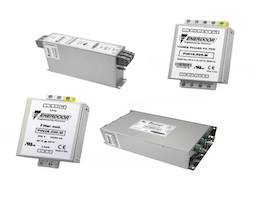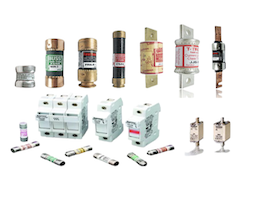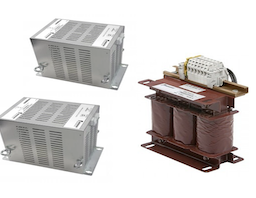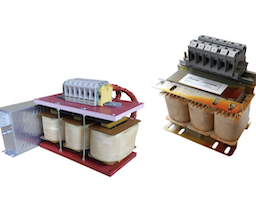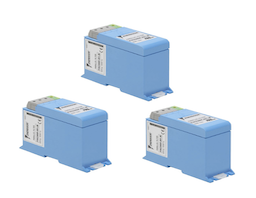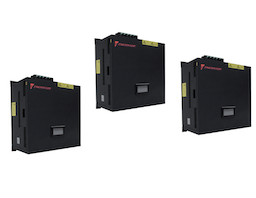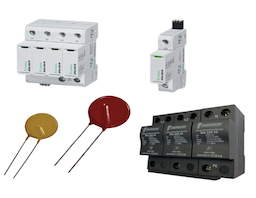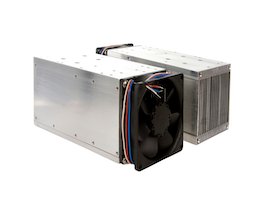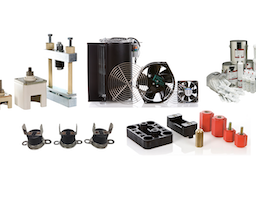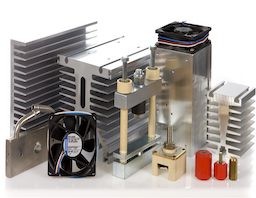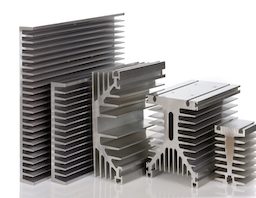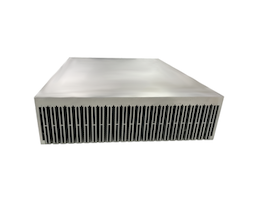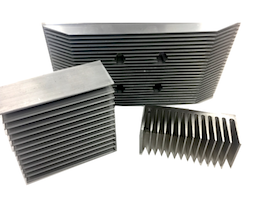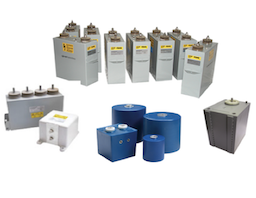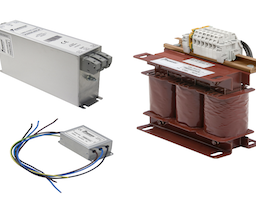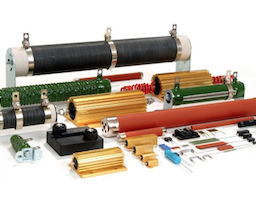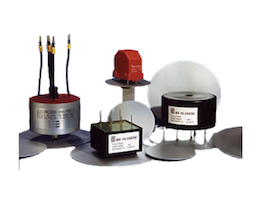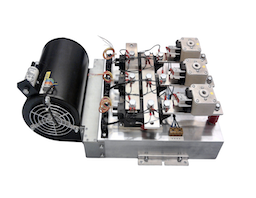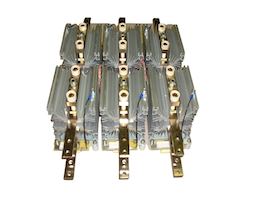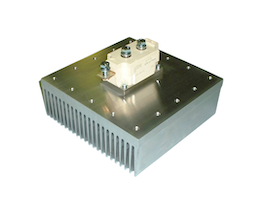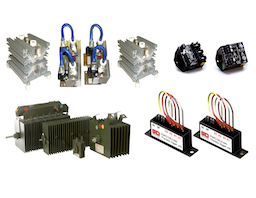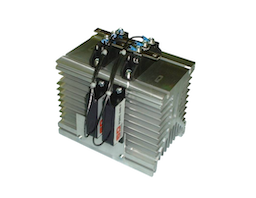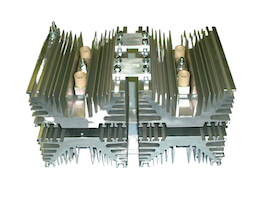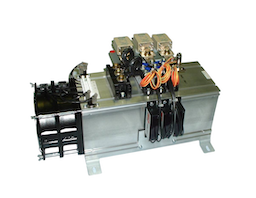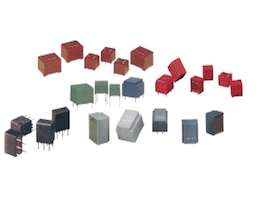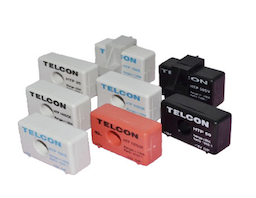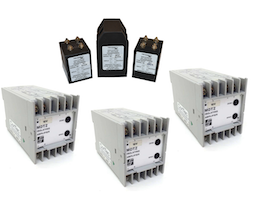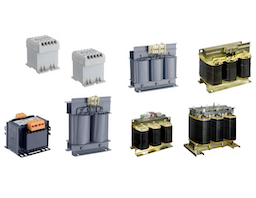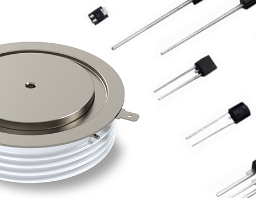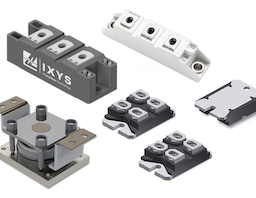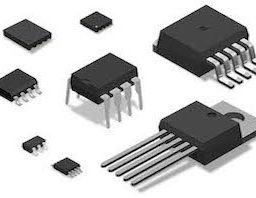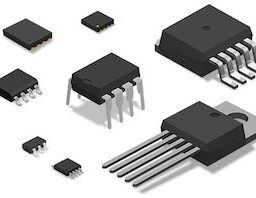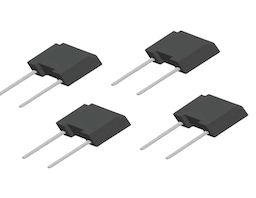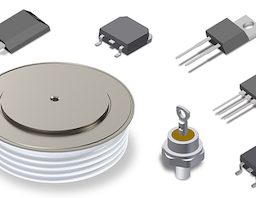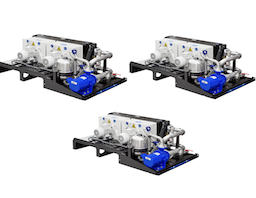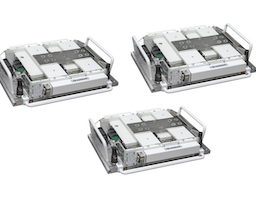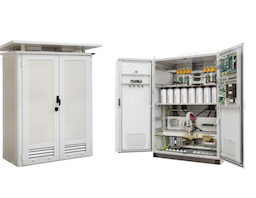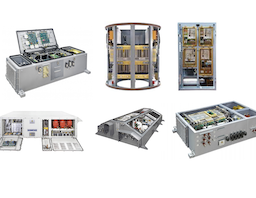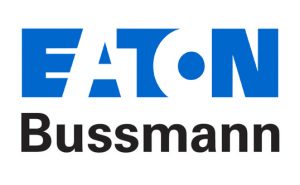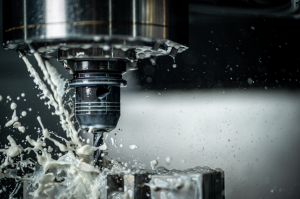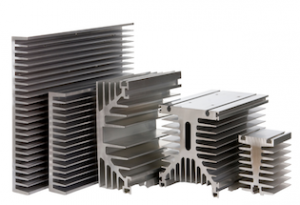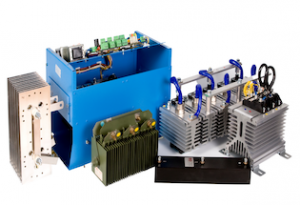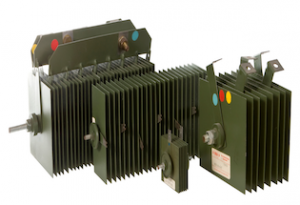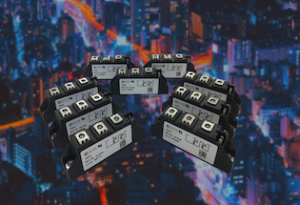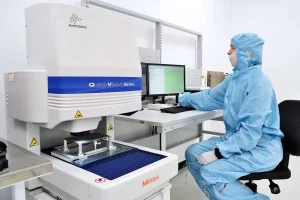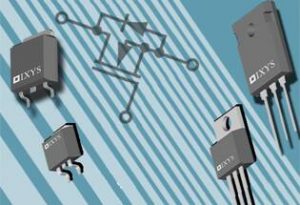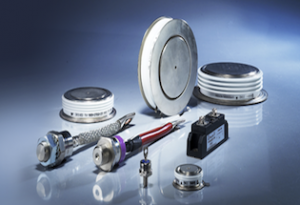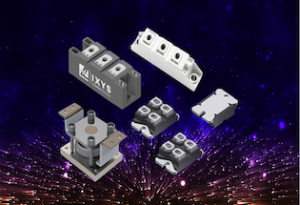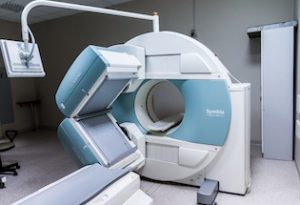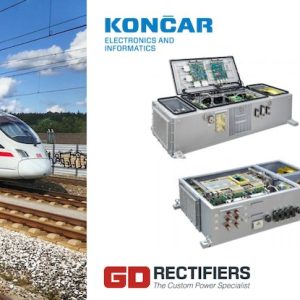14.07.2020
Identifying Counterfeit Semiconductor Components
Published on: 14/07/2020
GD Rectifiers discusses counterfeit types and how to identify a counterfeit semiconductor component
![]()
Identifying Counterfeit Semiconductor Components
In today’s fast paced and highly demanding power electronics industry, electronic component manufacturers and distributors are facing an ongoing challenge of protecting themselves and their reputation from counterfeit copies.
With semiconductors considered the brains of modern electronics, and used to advance medical devices and health care, communications, computing, defense, transportation and clean energy, it is essential that authentic devices are used.
The purchase of semiconductors through authorised supply chains helps prevent counterfeit infiltration and incidents causing health, safety and security issues.
The Semiconductor Industry Association (SIA) classifies counterfeit parts into five types:
1) Incorrect or false markings and/or documentation
2) Unauthorised copy
3) Not produced by the original component manufacturer (OCM) or produced by unauthorised contractors
4) Off-specification, defective or used OCM product sold as new or working
5) Does not conform to OCM design, model and/or performance standards
Three ways to identify counterfeit parts
1) X-ray inspection
An x-ray inspection allows users to see inside a component without impacting or destroying the device. The device can then be compared to individual components and an authentic device to ensure the part is genuine. An x-ray inspection is a good way to inspect the component internally which is essential as often a component can look authentic externally but feature internal differences. This could be anomalies in lead wires, die sizes and positions. Component x-ray inspections require a high resolution microscope that can facilitate rapid detection of the internal design.
2) Electrical testing
Electrical testing is one of the favourite methods of testing if a component is genuine, a performance test will reveal a lot about the component. Electrical testing will analyse a components’ pins’ electrical characteristics under dynamic stimulus. The pin response relates directly to the components nature, internal structure and manufacturing processes. This will strongly suggest and determine whether the component’s bond wire and die configuration conforms to the manufacturer’s expected specification.
3) Acoustic micro-imaging
Acoustic micro-imaging complements x-ray techniques and uses technology to determine if a component has any cracks, voids, delamination’s or any other defects. Acoustic micro-imaging is one of the most trusted types of technology for non-destructive inspections of microelectronics.
What buyers need to know about counterfeit semiconductors
Counterfeit components pose potential safety, reliability and quality costs. The also prove problematic on several fronts, including:
1) Economic costs – lost revenue and unpaid tax
2) Counterfeit goods damage or destroy other components and devices
3) Interferes with established, longstanding and authorised distribution channels
4) Safety risks – counterfeit components can cause fatalities
5) Risk of obsolescence – if customers purchase from unauthorised distributors, a component might approach EOL because the OEM is not seeing the accurate demand of the device
Steps Buyers can take to prevent purchasing counterfeit semiconductors
1) Verify the legitimacy of your purchase, often if a price seems too good to be true (and a lot cheaper than authorised distributors) it is likely to be a counterfeit part
2) Partner with authorised distributors
3) Ask for the date codes so you can verify how old the devices are
4) Ask to receive a certificate of conformance from the manufacturer with your order
5) If you’re unsure as to whether a distributor is an authorised seller or not, you could contact the OEM to ask them to verify it
GD Rectifiers is a distributor for over 30 of the world’s leading power electronic manufacturers, including: IXYS, Westcode, Semikron, Littelfuse, Dynex, EDI, Bussmann, Mersen and Enerdoor. Founded in 1964, GD Rectifiers prides itself on it’s trustworthy reputation of being the go-to power specialist within the power electronics industry.
Alongside distributing for component manufacturers, GD Rectifiers manufactures their own range of power assemblies and heatsinks.
For further information on GD Rectifiers’ product range, or to discuss a quote, please call: 01444 243 452 or email: [email protected].
